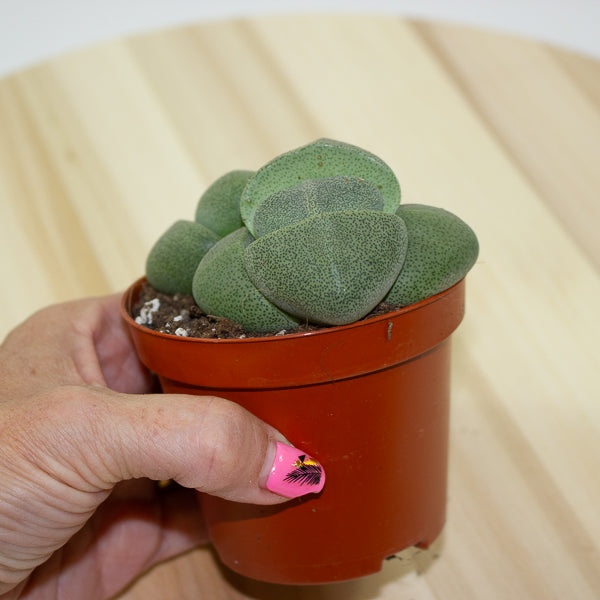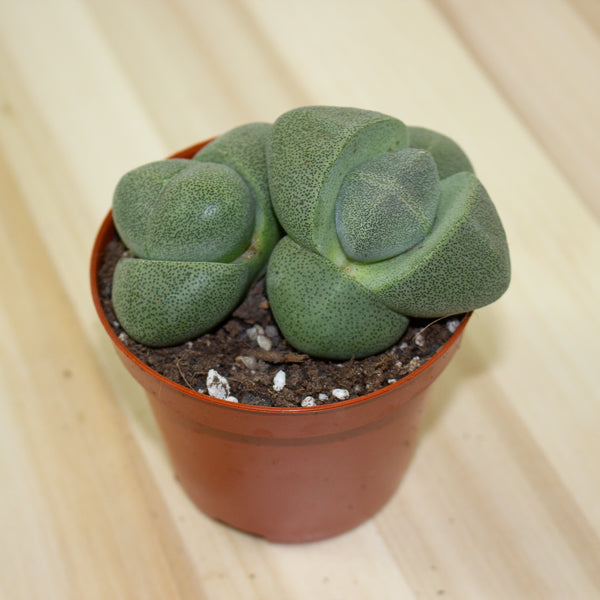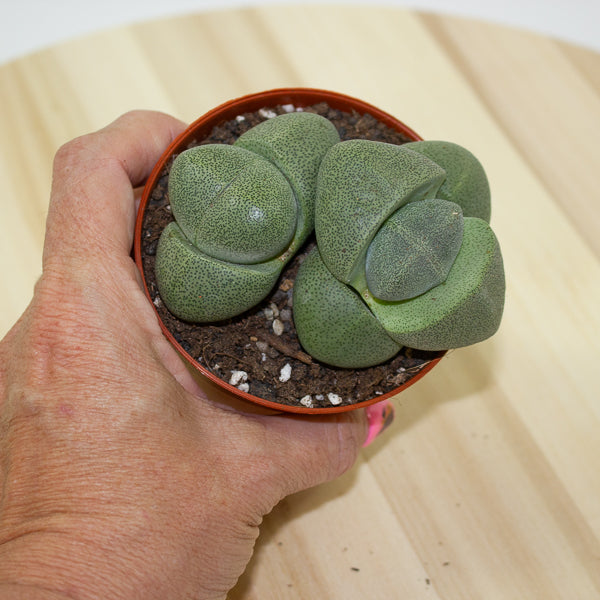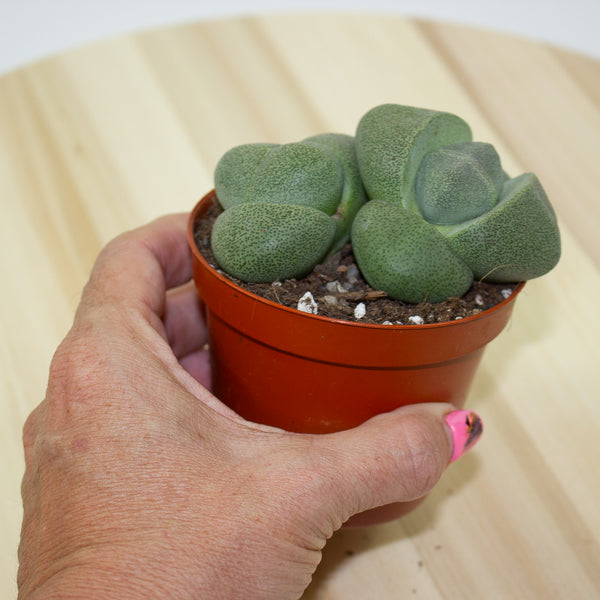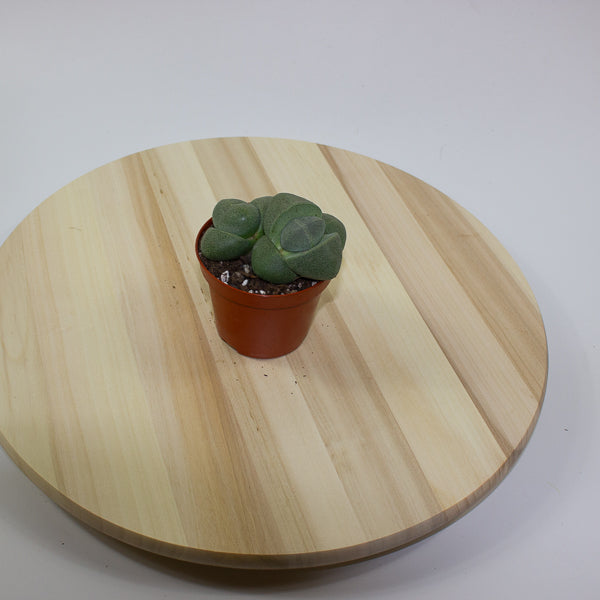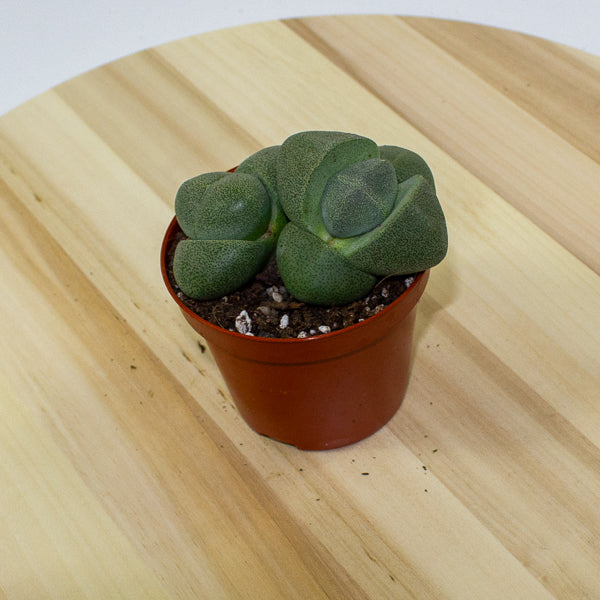1
/
of
7
Emm's Plant House
Pleiospilos nelii 8.5cm H10.5cm
Pleiospilos nelii 8.5cm H10.5cm
Regular price
£10.00 GBP
Regular price
Sale price
£10.00 GBP
Unit price
/
per
Taxes included.
Couldn't load pickup availability
Pleiospilos nelii, commonly known as the "Living Stone" or "Split Rock," is a fascinating succulent plant native to the arid regions of South Africa. Known for its unique appearance, this plant has thick, fleshy leaves that mimic the look of stones or pebbles, allowing it to blend seamlessly into its environment as a form of camouflage. The plant produces vibrant yellow or orange flowers that contrast beautifully with its stone-like foliage, making it a popular choice for collectors of unusual and low-maintenance plants.
- Full Botanical Name: Pleiospilos nelii
- Common Names: Living Stone, Split Rock
- Country and/or Region of Origin: Native to South Africa
- Growing Conditions in Native Habitat: Grows in rocky, arid environments with minimal rainfall, where it thrives in well-draining soil and direct sunlight. It is typically found in scrublands or grasslands, blending in with the surrounding rocks to avoid grazing herbivores.
Care Guide
Care Guide
Share
